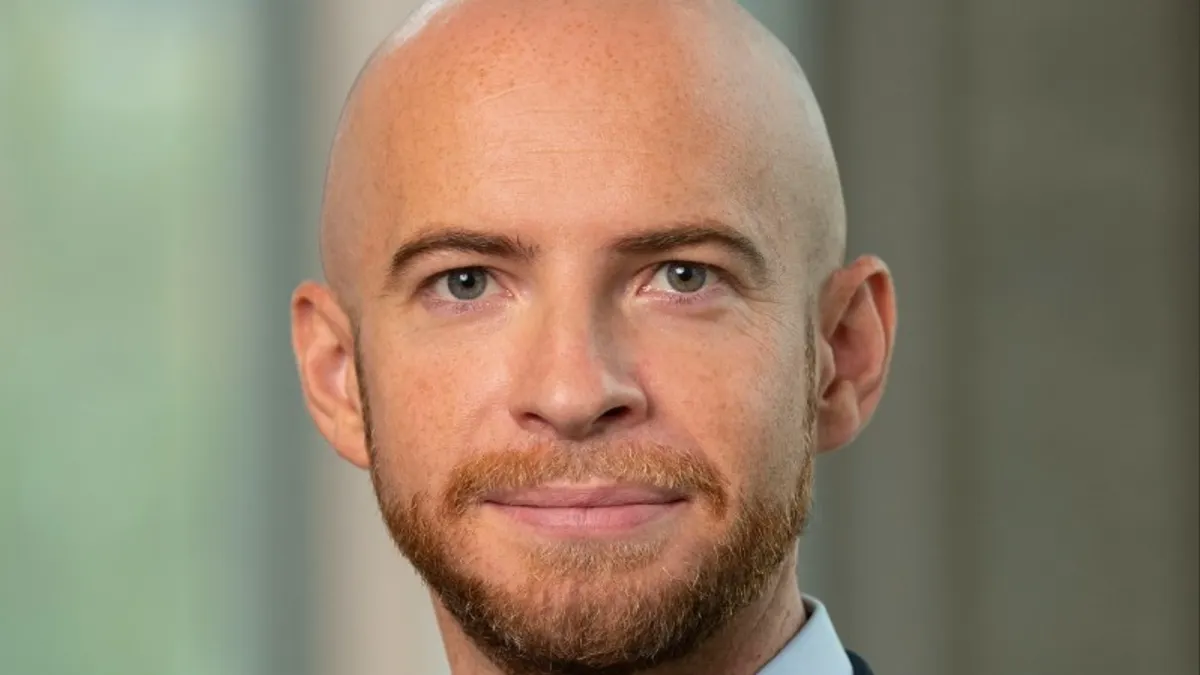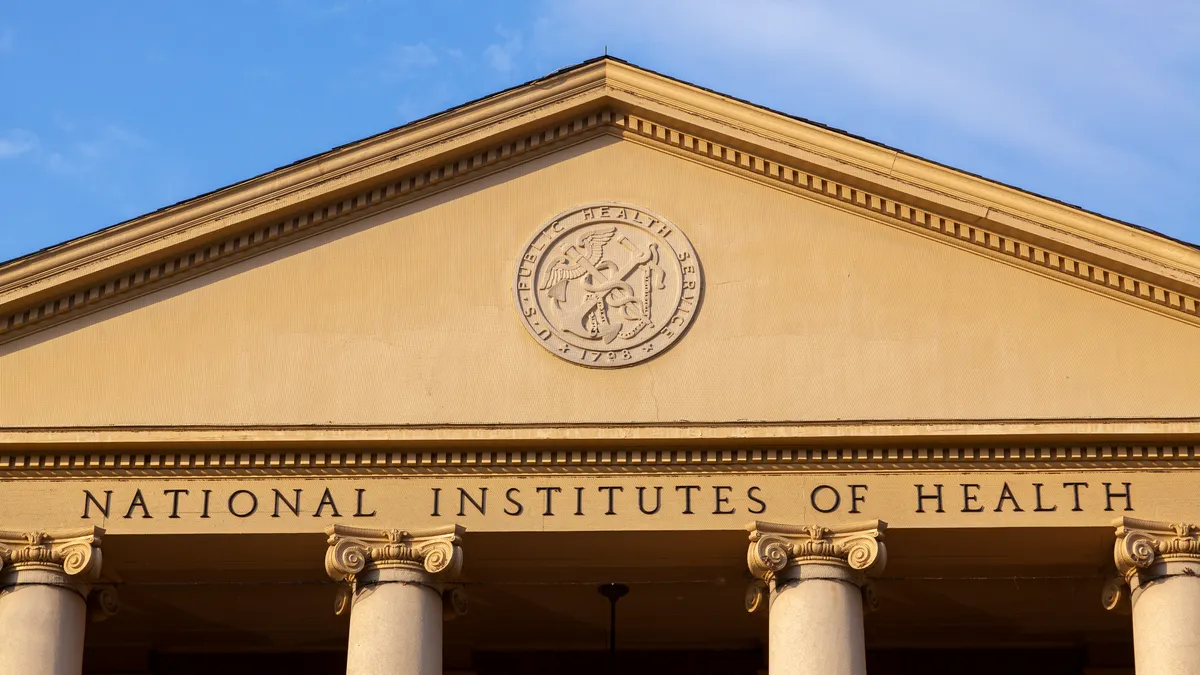Is it possible to enroll clinical trials 10 times faster than the industry’s average speed? Elligo Health Research, an integrated research organization, is aiming to do just that by tapping into patient healthcare records to identify and vet potential participants before enrollment even begins.
Elligo’s initiative relies on applying a “10x strategy,” an approach that encourages organizations to scrap a conventional mindset and focus instead on scale. The approach doesn’t only supercharge enrollment, it also helps to increase participation, retention and diversity in trials, the company says.
The percentage of the U.S. population that participates in clinical trials has remained stubbornly low at around 3%, says Keith Fern, vice president of strategic partnerships for Elligo. Clinical trials also fail to meet recruitment and budget targets about 85% of the time. It’s an abysmal record, and one that the industry has strived to change for ages.
Operation Warp Speed, the government initiative that helped accelerate the development of COVID-19 vaccines, demonstrated that slow doesn’t have to be the default speed for trials. But in order to move faster, organizations need to be willing to step off the well-worn path, Fern says.
Reaching patients through healthcare
Six years ago, Elligo began its mission of bringing healthcare practices into research. It provides support for healthcare providers, including community-based doctors, allowing them to perform research in their own offices.
“Why go to healthcare practitioners? Well, that's where the patients are, right? So, that's really the nub of how we started and where we are,” Fern says.
The goal was to encourage more people to participate in research by offering them a familiar setting with a trusted physician.
“They know their doctor and they're comfortable. They know where to park. They know where to check in. They know how the process at the practice works,” Fern says.
Last spring, Elligo began its 10x enrollment initiative, using the access to patient electronic health records (EHRs) it gained through proprietary data collaborations with companies like Cerner Corporation. This allows them to mine EHR data from some 150 million patients.
In a traditional clinical trial, enrollment is often cumbersome and slow. First, companies need to identify sites and then find and qualify patients, a process that can take four to six months, Fern says. Traditional trials typically pull participants from large metropolitan areas or use people already known to dedicated research sites and academic centers — often with variable success.
Instead, Elligo identifies a pool of candidates using a data science team. The data-mining process, however, isn’t the perfect solution. For example, sorting through the HIPAA-compliant data requires technical expertise.
“After all, EHRs are not built for this. They were built for billing and healthcare,” Fern says. “But it’s a better start than going to sites and asking if they have patients.”
Once they winnow down a group of candidates, Elligo reaches out to the physician to have him or her review the patient charts with the investigator, which helps identify the best prospects. They then reach out to potential participants to determine if they’re interested.
“And it’s then, and only then, that we go to the starting line. Now we've got a set of known patients who are with their own physicians. We know they'd be interested. We know they're likely qualified, and we haven't started enrollment yet,” Fern says.
This puts them way ahead of the game when trial enrollment actually begins.
Data mining and diversity
Using EHRs brought at least one other unexpected benefit — an increase in diversity, which is a goal that has become increasingly important to the FDA since COVID, Fern says.
When trials recruit from large metropolitan areas, dedicated research sites and academic centers, they’re drawing from a more homogenous group of participants. The same is often true of those who might respond to an advertisement for a clinical trial.
Because Elligo is recruiting through traditional healthcare outlets, it naturally draws from a broader pool of candidates. An internal analysis of the company's work has confirmed the bump in diversity. According to the company’s data, Elligo was able to enroll more than double the number of non-white patients compared with the industry average. It’s a participant population that’s much closer to what the U.S. actually looks like, Fern says.
“I like to point this out because Elligo didn't set out to recruit a highly diverse patient pool. That's what we end up with, because we work in healthcare,” Fern says. “Really, we're fortunate to have that as an outcome.”
Embracing change
While changing the way trial enrollment is done can bring benefits, getting the industry on board won’t necessarily be easy, he says. One of the biggest challenges is helping pharma companies reimagine the process and break away from how things have historically been done.
“This industry is not exactly one that's known for change,” he says.
But speeding the process has numerous benefits such as getting drugs to market faster, opening up research to more participants and, Fern says, potentially boosting participation from 3% to 10%.
“Think of the massive impact it could have on research if we doubled or tripled participants,” Fern says.
Turning a simple trip to the doctor into an opportunity to learn about clinical study opportunities is one way to do just that.
“There is a future where patients should be able to go to their healthcare provider and understand what research opportunities are available to them, the same way they understand what treatments are available to them. And it should just be another option,” Fern says.


















